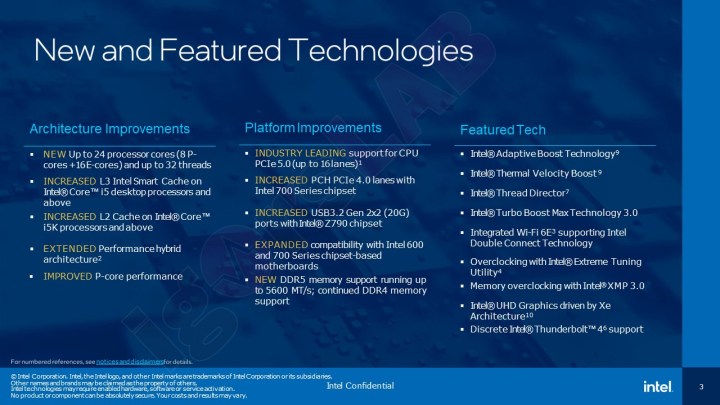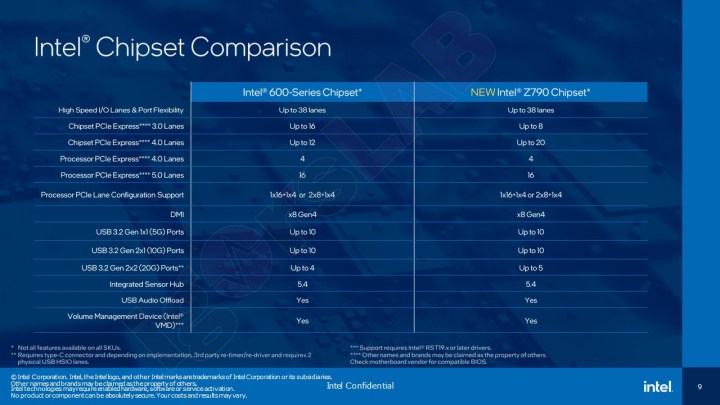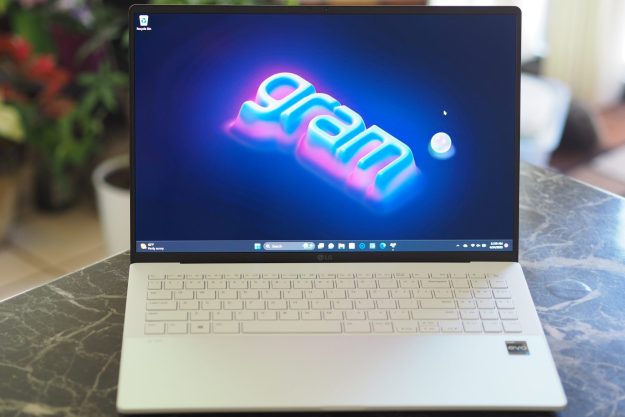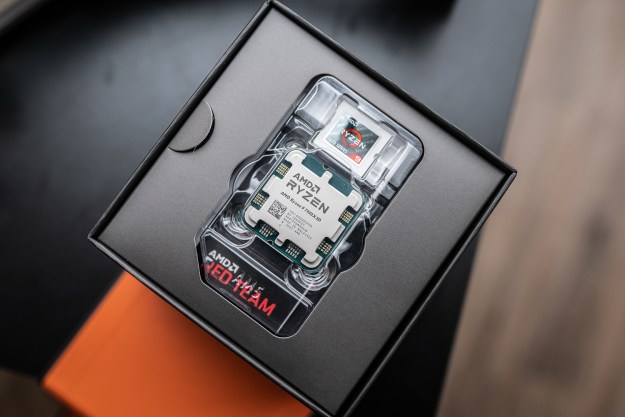The full and official specifications for Intel’s upcoming Raptor Lake lineup have just been leaked. We also know more about the accompanying Z790 Raptor Point chipset.
This leak shows us Intel Raptor Lake in its entirety, detailing some of the processors and the improvements expected from this generation. We’re seeing huge improvements in core counts and cache sizes across the board.

The information comes from Igor’s Lab. The publication shared the full set of slides that seemingly come straight from Intel’s own presentation titled “Selling 13th Gen Intel Core Desktop Processors.” This marketing-oriented PowerPoint gives us a lot of information that Intel itself is yet to talk about in much detail. On the other hand, a lot of it was already previously leaked or speculated about, so this is our first “official-unofficial” confirmation of these rumors.
In terms of architecture and design, Intel Raptor Lake is still quite close to Intel Alder Lake. It retains socket compatibility, meaning you can use the same motherboard for 12th-gen and 13th-gen CPUs, and it uses the same efficiency core architecture called Gracemont. However, for the performance cores, Intel will now be using the brand-new Raptor Cove.
For this generation, Intel will be using its own “Intel 7” 10nm process node. Although Intel is still using the LGA 1700 platform for this lineup, there will be new 700-series motherboards coming out that will bring up the number of input/output (I/O) lanes. Raptor Lake chips will also now support DDR5-5600 speeds, marking an increase over the maximum of DDR5-5200 supported by Alder Lake.

The new motherboards will include the high-end Z790, as well as H770 and B760 models. The platform will offer access to up to 20 PCIe 4.0 lanes and eight PCIe 3.0 lanes, while the processor offers 16 PCIe 5.0 lanes and 4 PCIe 4.0 lanes. There’s also new artificial intelligence (AI) M.2 module support, but it seems that the CPU itself doesn’t have any PCIe Gen 5 lanes for storage. It will be up to motherboard makers to split the discrete GPU lanes with M.2 storage ports in order to support the latest PCIe 5.0 SSDs.
The specifications of Intel Raptor Lake have already been the subject of much speculation, and most of these assumptions now seem to be confirmed. One major thing to note is that Intel is upping the core counts on all processors by a fair number, which marks a difference from AMD Zen 4, which has retained the same core count in some models.
Let’s start with the flagship Intel Core i9-13900K and take a deep dive into its specifications. The CPU will come with 24 cores and 32 threads, which translates to eight P-cores and 16 E-cores. It will have a much larger cache (68MB) ,as well as a base clock speed of 3.0GHz that can be boosted up to 5.8GHz (single-core) or 5.5GHz (all performance cores). The power requirements are pretty hefty if you want to overclock — the base power limit is rated at 125 watts in PL1, but it goes up to 253 watts when overclocked. However, in something referred to as “Unlimited Power Mode,” the CPU can consume as much as 350 watts of power — double the consumption of the upcoming AMD Ryzen 9 7950X.

The Core i7-13700K is the next in line, with 16 cores (eight P-cores and eight E-cores) and 24 threads, 54MB of combined cache, and a base clock speed of 3.4GHz that can be boosted up to 5.40GHz. This CPU will keep the same TDP as the flagship Core i9 models, but there has been no mention of an “Unlimited Power Mode.”
The Core i5 option in this lineup also looks highly competitive, with a 40% core count increase compared to the Alder Lake Part. Intel Core i5-13600K will serve up 14 cores (six P-cores and eight E-cores), 44MB of combined cache, and a base clock speed of 3.5GHz followed by a 5.1GHz boost frequency. The base power consumption remains the same here at 125 watts, but the PL2 limit is toned down to 181 watts.
Intel is most likely planning to reveal the lineup to the public during its Intel Innovation event on September 27, which is, coincidentally, the same day when AMD Ryzen 7000 will be available for sale.
Editors' Recommendations
- Yet another disappointment about Intel’s next chips may be true
- These two CPUs are the only ones you should care about in 2023
- The ThinkPad X1 Carbon Gen 11 is both faster and longer-lasting
- Intel just admitted defeat
- Intel 14th-gen Meteor Lake: news, rumors, release date speculation




